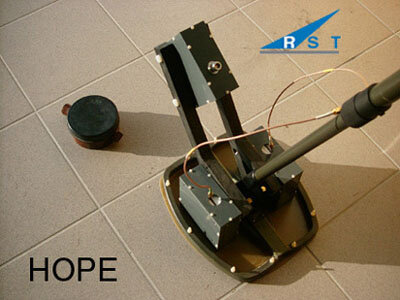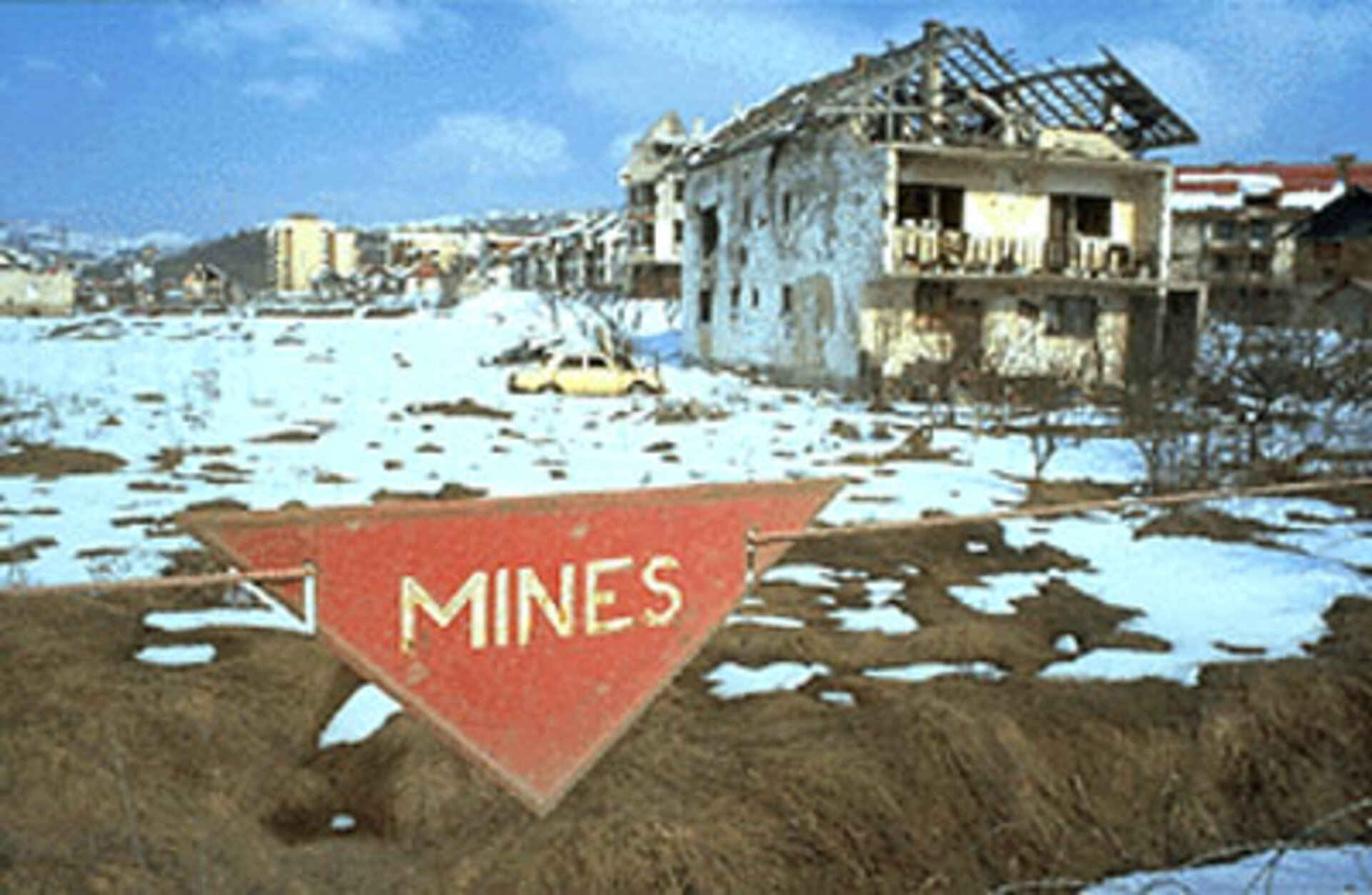HOPE for detecting landmines
It will soon be easier, safer and quicker to detect land mines, thanks to a Handheld Operational Demining System project, better known as HOPE. ESA has played an important role in this EU project, which could save thousands of lives each year.
HOPE is part of the European Union’s efforts to support humanitarian demining operations. ESA assists these efforts under its Technology Transfer Programme, which provides commercial and industrial sectors with access to developments in space technology so that they can be applied in other fields.

Land mines are the sad legacy of war. According to some estimates, more than 110 million anti-personnel mines are still scattered throughout 64 countries, the scene of recent wars. These ‘leftovers’ continue to destroy human lives long after the fighting has ceased. In fact, every year an estimated 26 000 people - men, women and children - are killed or maimed by land mines.
Apart from the unacceptable death toll among the civilian population, land mines make it more difficult for countries to recover from the effects of war. The presence of mines turns daily tasks such as farming, gathering wood, collecting water and tending livestock into high-risk occupations, leaving the inhabitants no option but to leave their homes and seek refuge elsewhere.
Land mines maim as well as kill, each year thousands of people lose their limbs by accidentally stepping on them. As well as the personal suffering caused, it is also difficult or impossible for the disabled to earn a living. All this puts a heavy economic and social burden on families, societies and countries alike.
HOPE land-mine detector

Most humanitarian mine removal is still carried out in the same way as it was after World War II, by using manual probes, sniffer dogs and metal detectors. Such methods are dangerous, slow and labour intensive and no longer very efficient. Modern mines are often made of plastic, a material that metal detectors can not identify. They can also be as little as 10 cm across, and are camouflaged by the use of colour and shape.
The land-mine detector developed under the HOPE project aims to detect any kind of mine in any kind of terrain. To do this it uses three different types of detector: ground penetration radar, a microwave radiometer and the classic metal detector. The technology used by the ground penetration radar is a spinoff from technology developed for two ESA-funded projects for space exploration. It will enable the mine detector to ‘see’ the plastic mines which conventional metal detectors ignore.

The results from the three radar sensors will be combined by the advanced processing system which, in many cases, will also identify the type of mine. This combination of different detectors, and sophisticated image-processing and data-fusion systems, should make discovering mines easier, quicker and safer, as well as reducing the number of false alarms caused by metallic debris lying in the same area.
Improving the rate of detection is not the only objective. Past experience has shown that if land-mine detectors are expensive to buy and operate they will not be used, as many of the areas most badly hit by land mines lie in developing countries which cannot afford expensive mine-detection equipment. For this reason, the EU project aims to develop a mine detector that is relatively cheap to produce as well as effective.
The land-mine detector is now undergoing rigorous and extensive testing, including field trials under realistic conditions in Bosnia. Hopefully, if all goes well, the first new land-mine detectors will be in operation three years from now.
Further details on HOPE mine detector are given in the link on the right: More on HOPE.




